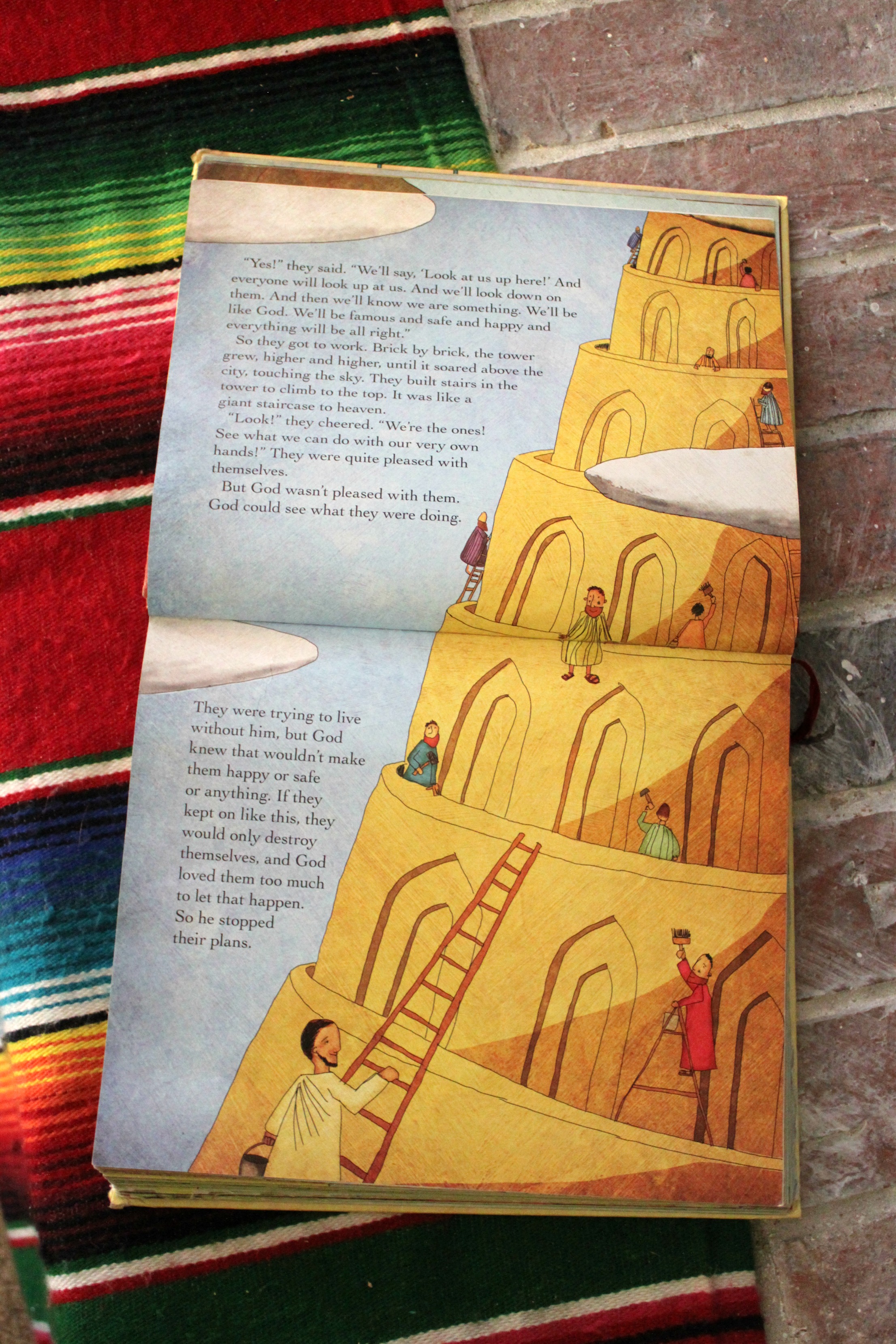

When this happened, the project of the Tower had to be given up. (hence the name Babel, meaning “confusion”). Into seventy different nations and tribes, each with a language of its own, He, therefore, confused the people by splitting them up G‑d decided to destroy their arrogance by destroying their ability to This symbol of their divine strength, as they thought, was to be built They decided to build a tower which was to reach to heaven, to make themĮqual to G‑d, and at the same time, to make it possible for them to stay The tremendous strength that grew out of their organizationĪnd goodwill made them proud, and their pride made them turn against G‑d. They confined themselves to this kind of social life, all might have been well.īut they overdid it. The individual did not count for himself he counted only as part of theĬommunity, and he had to subject his own interests to those of the group. The new generation of mankind was different. Themselves as supermen and lived each one for himself alone they used violenceĪnd force against their weaker neighbors, paying no attention to laws and rules. The generations of peopleīefore the Flood had been interested only in themselves they thought of They all spoke one language and understood one another well. It does not store any personal data.It was towards the end of Peleg’s life that something happened which changed the social life of all men on earth.Īfter the Flood, man had again begun to multiply and fill the earth.

The cookie is set by the GDPR Cookie Consent plugin and is used to store whether or not user has consented to the use of cookies. The cookie is used to store the user consent for the cookies in the category "Performance". This cookie is set by GDPR Cookie Consent plugin. The cookie is used to store the user consent for the cookies in the category "Other. The cookies is used to store the user consent for the cookies in the category "Necessary". The cookie is set by GDPR cookie consent to record the user consent for the cookies in the category "Functional". The cookie is used to store the user consent for the cookies in the category "Analytics". These cookies ensure basic functionalities and security features of the website, anonymously. Necessary cookies are absolutely essential for the website to function properly. He is described as the son of Cush, grandson of Ham, and great-grandson of Noah and as “a mighty one in the earth” and “a mighty hunter before the Lord”. The first biblical mention of Nimrod is in the Table of Nations. The temple was called Etemenanki, the temple of the foundation of heaven and earth, and stood about 90 kilometers to the south of Bagdad. The Babylonian ruler Nebuchadnezzar II did rebuild a ziggurat (a rectangular steeped tower) temple dedicated to Marduk Bagdad in the sixth century B.C. The two believers were Solomon (Sulayman in Islamic texts) and Dhul Qarnayn, and the two disbelievers were Nebuchadnezzar and Nimrod.

Is Nebuchadnezzar and Nimrod the same?Īlthough Nimrod’s name is not specifically stated in the Quran, Islamic scholars hold that the “king” mentioned was him. He was a mighty hunter before the Lord.” The only other references to Nimrod in the Bible are Micah 5:6, where Assyria is called the land of Nimrod, and I Chronicles 1:10, which reiterates his might. Nimrod is described in Genesis 10:8–12 as “the first on earth to be a mighty man.

“Here we have for the first time an illustration contemporary with Nebuchadnezzar II’s restoring and enlargement of the Tower of Babel, and with a caption making the identity absolutely sure,” the Schøyen Collection stated on its website. Did Nebuchadnezzar rebuild the Tower of Babel?


 0 kommentar(er)
0 kommentar(er)
